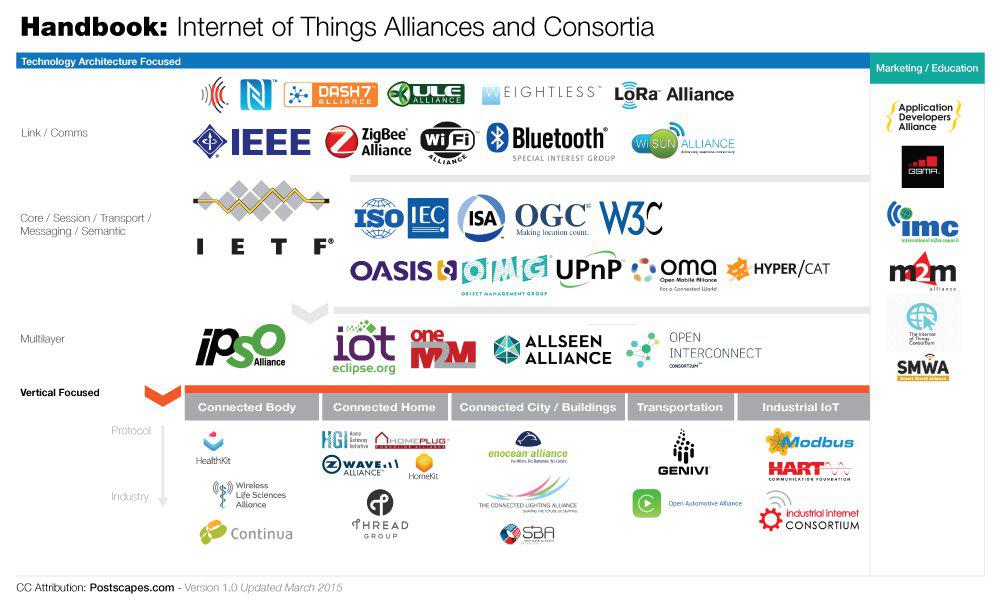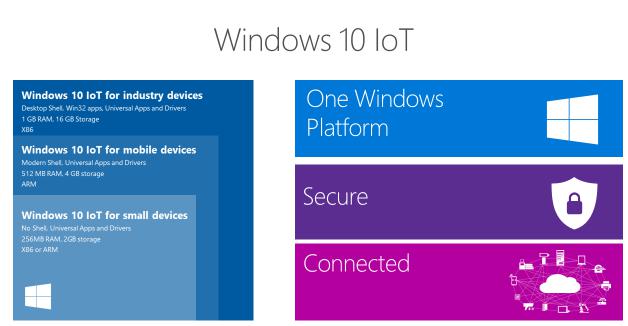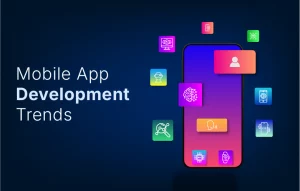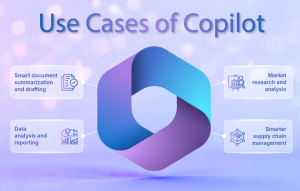Midway through the second decade of the millennium, technology is faced with the overwhelming buzzword called the Internet of Things. Companies at the forefront of this revolution might make it seem like they are pushing the term in our faces, along with the numerous predictions that are published every day. Critics, with their feet planted to the ground, call it hype. Some even say that there is nothing new about this concept, that things have been communicating with each other for many years. What they fail to mention is the fact that most of these machine interactions are very precise in their functions due to the absence of a communicating standard.
Mobility is the reason this phenomenon is raising a fair share of eyebrows, and this is where the Internet of Things paves its own course. Numerous companies are working towards their own standards aimed at helping people connect their everyday things to the Internet. The problem now is that there are too many standards with rival companies operating on their own islands defining their own standards.
Check out our post: Pregnant Cows and 9 Other Weird IoT Solutions
Existing standards and practices
The growth of IoT depends upon the confluence of chip makers and software companies which is necessary to meet the projections made by statisticians across the world. Considering the present scenario, each alliance will connect and communicate with its own devices. Example, an Open Interconnect-complaint dishwasher will talk to an Open Interconnect-compliant mobile phone and notify the user that the dishes have been done. Products belonging to other alliances will have to be individually coded, raising many concerns of efficiency, interoperability, cost and time.
Below is a list of the consortia and alliances so far.
 The latest entrant – Windows IoT core
The latest entrant – Windows IoT core
With so many companies vying for the top spot, it comes as no surprise that the giant from Redmond has joined the IoT bandwagon. Microsoft has recently become a member of the AllSeen Alliance, the consortium led by the Linux Foundation. Furthermore, they have also teamed up with Toshiba to provide next-gen IoT solutions.
Bringing together the power of the Azure Services and IoT Suite with Toshiba’s cutting edge sensor-driven devices will provide a new level of data access and business intelligence to customers.
– Nick Parker, Microsoft’s Corporate Vice President, OEM Division.
Windows 10 IoT is Microsoft’s converged platform built to power a variety of IoT connected devices across homes and industries. With enterprise-grade security, all device interactions and data transfers will be taken care of at every stage. Azure IoT services will enable native connectivity for machine to machine and machine to cloud scenarios.
Windows 10 IoT will be available for device builders and Makers this summer with Windows 10.
– Microsoft

Source: Microsoft
The advantage of using windows for IoT development is that you become a part of the Microsoft Windows family, which gives you a full package of Microsoft tools to choose from. Microsoft has promised to deliver a new version of Windows 10 IoT for small devices. This will be free to use for hobbyists and commercial device builders looking to tap the endless possibilities of the Internet of Things. Recent partnerships with Intel, Qualcomm and the Raspberry Pi Foundation will provide a range of developer boards for hobbyists and commercial device builders to bring Windows 10 devices to life.
This marks another milestone in the race for connected things. While Windows 10 aims to redefine the PC market, Windows 10 IoT will enable newer ways to connect our everyday objects and, hopefully, become an integral part of the Windows family.









